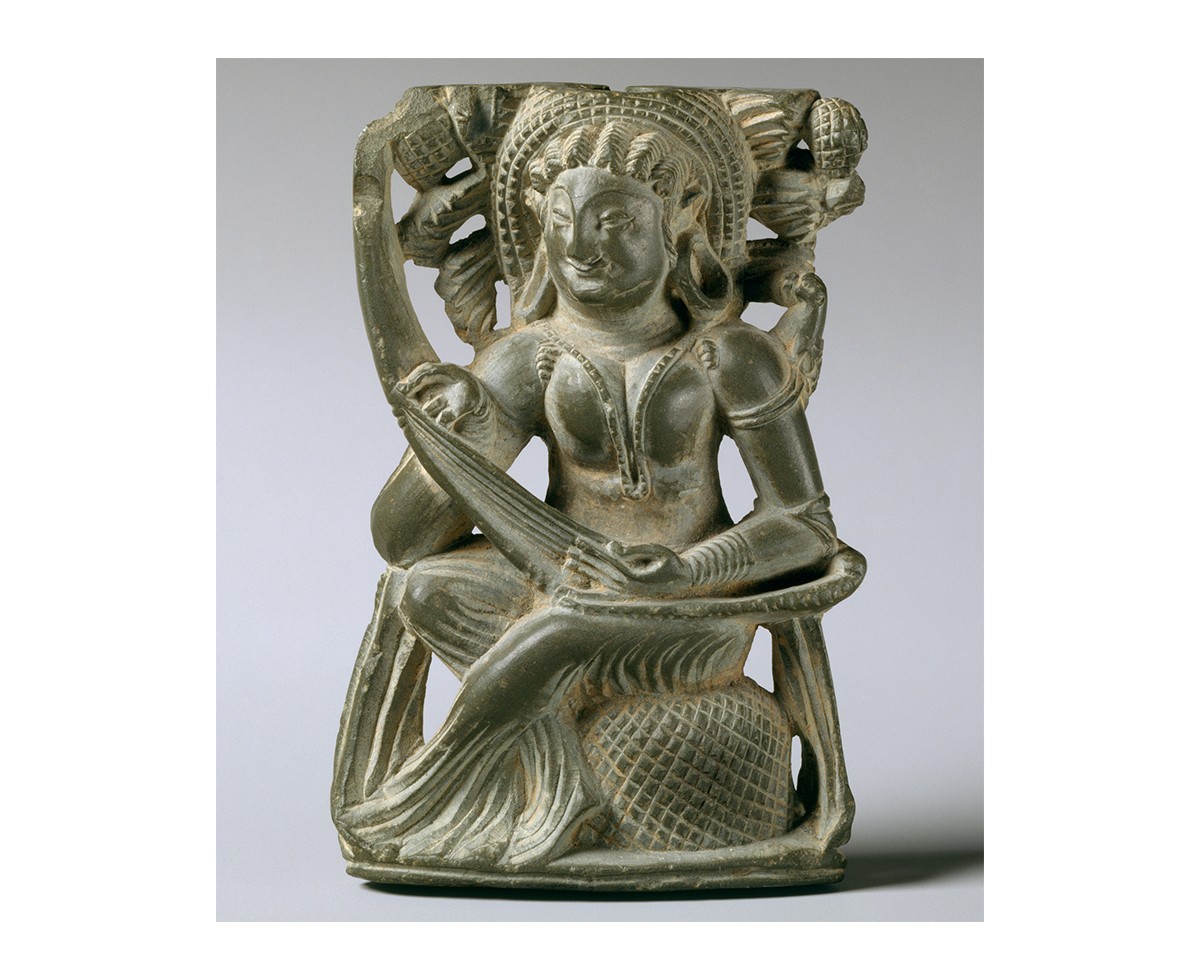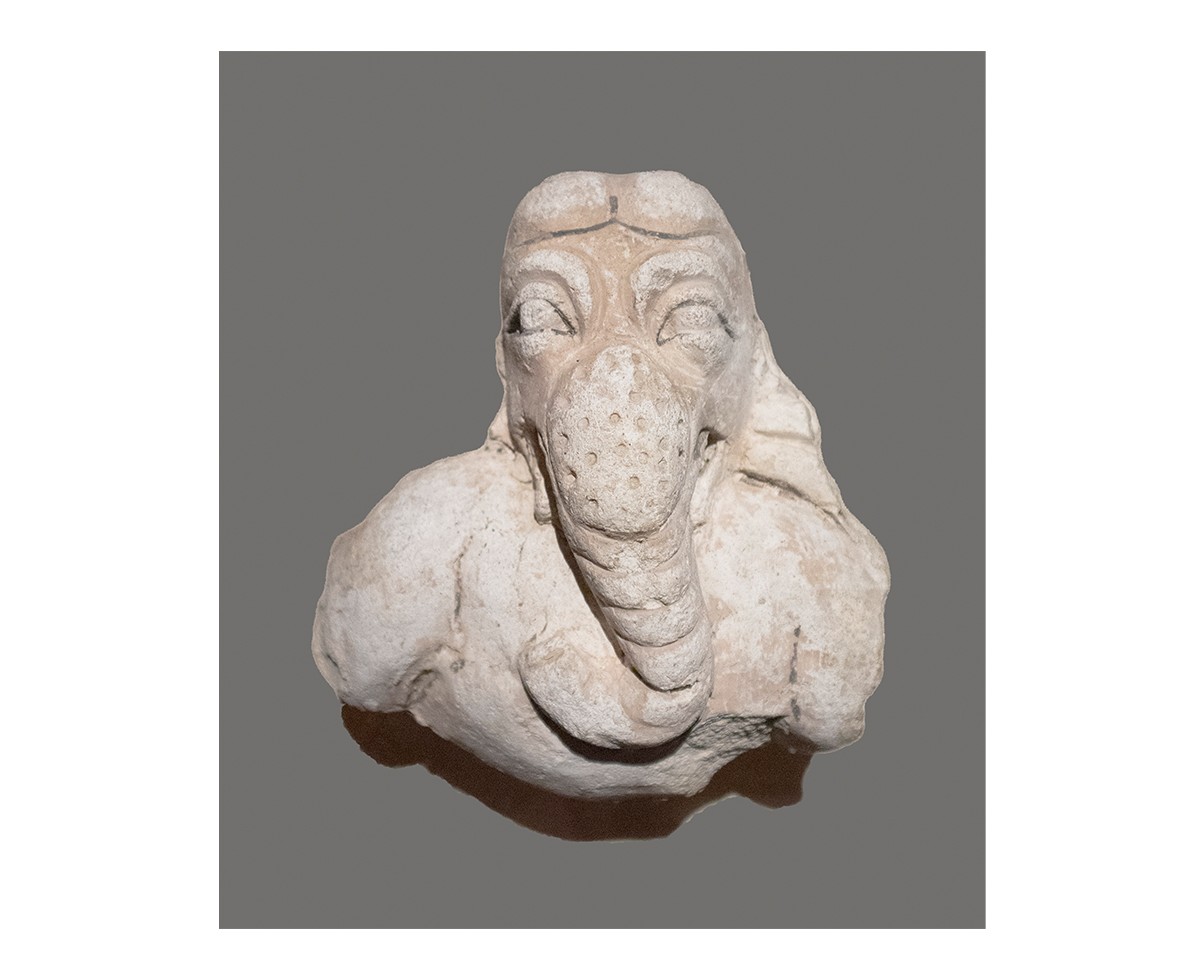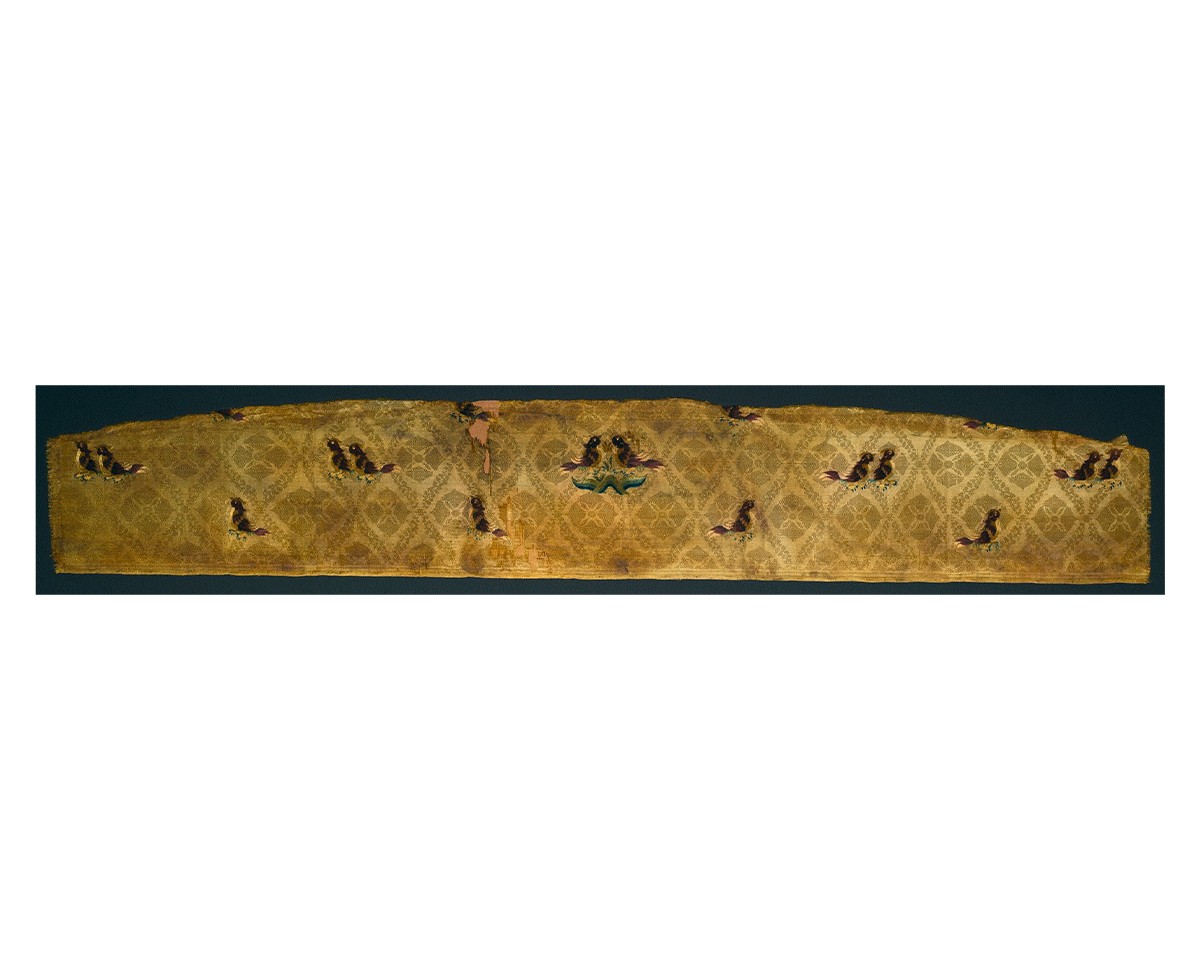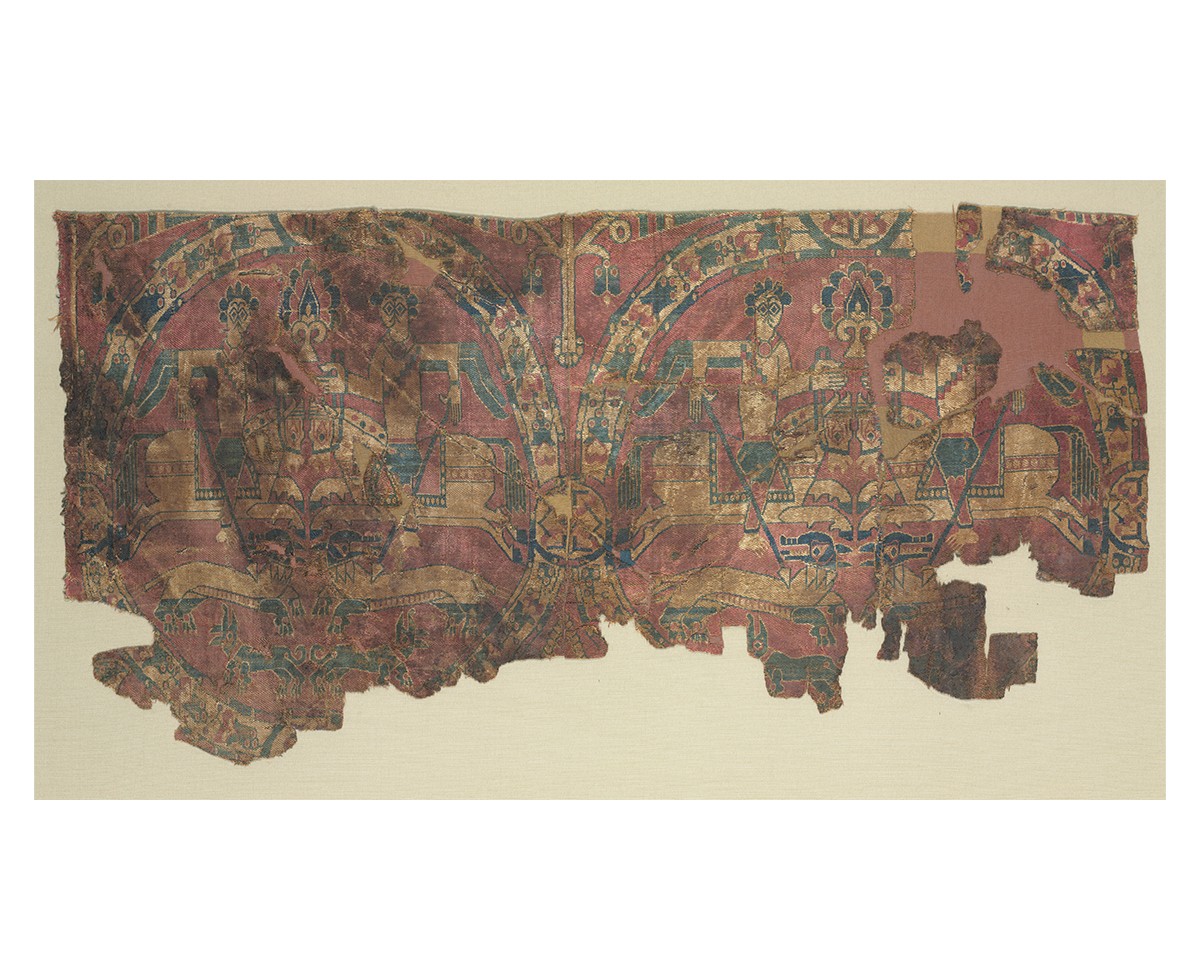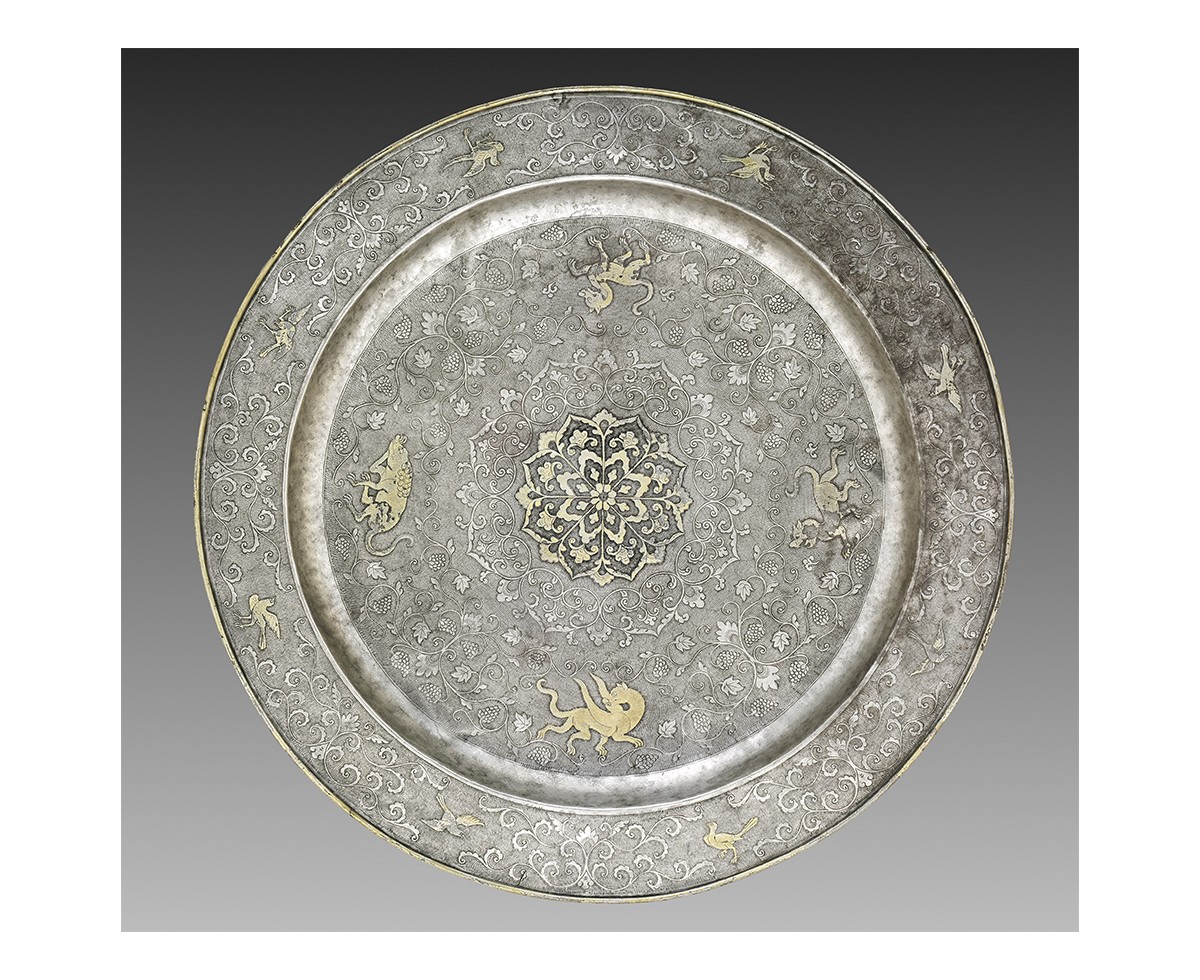Eurasian Trade Sees a Resurgence
700 CE
The expansion of the Tang dynasty into central Asia and increasing trade with the Byzantine empire from the seventh century CE onwards paves the way for the reinvigoration of overland trade. The invasion of Persia by the Rashidun caliphate leads to the end of the Sassanid empire and a migration of Parsi people to the western coast of India, most notably present-day Gujarat. Muslim expansion also unifies Egypt, the Levant and Mesopotamia into a single commercial unit. Simultaneously, Muslim Arab merchants are active on the Malabar Coast during the lifetime of the Prophet Muhammad. This further strengthens the region’s diasporic ties to West Asia and allows for an increase in exchanges.
Bibliography
Chaudhuri, K. N. Trade and Civilisation in the Indian Ocean: An Economic History from the Rise of Islam to 1750. Cambridge: Cambridge University Press, 1985.
Jayasuriya, Shihan de Silva. African Identity in Asia. Princeton: Markus Wiener Publishers, 2009.
Kulke, Eckehard. The Parsees in India: A Minority as Agent of Social Change. New Delhi: Vikas Publishing House, 1978.
Liu, Xinru. The Silk Road in World History. New York: Oxford University Press, 2010.
Feedback 
This entry appears in
Art in South Asia
Visit Timeline
Associated Timeline Events
First Published: March 11, 2024
Last Updated: August 5, 2024



